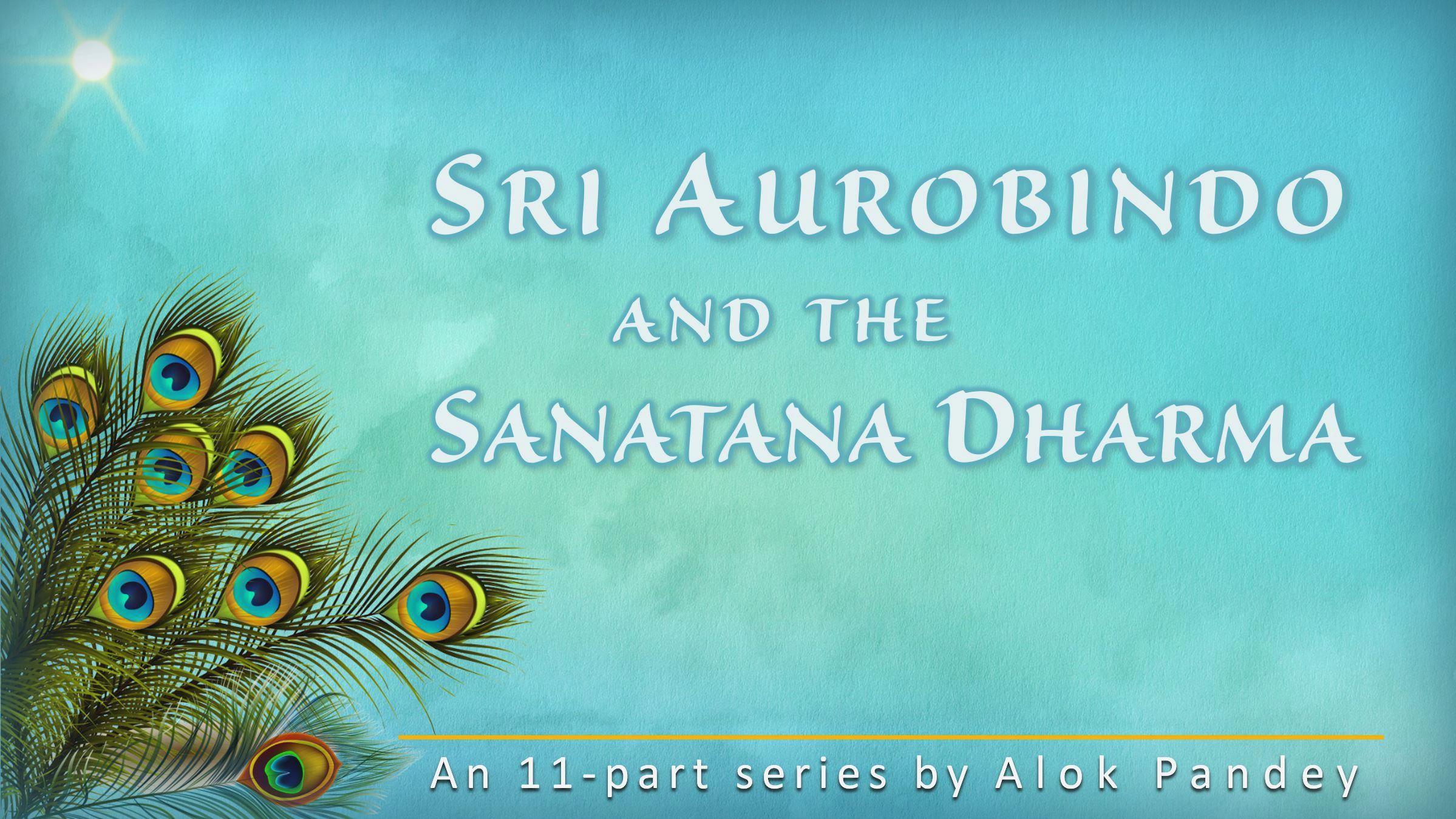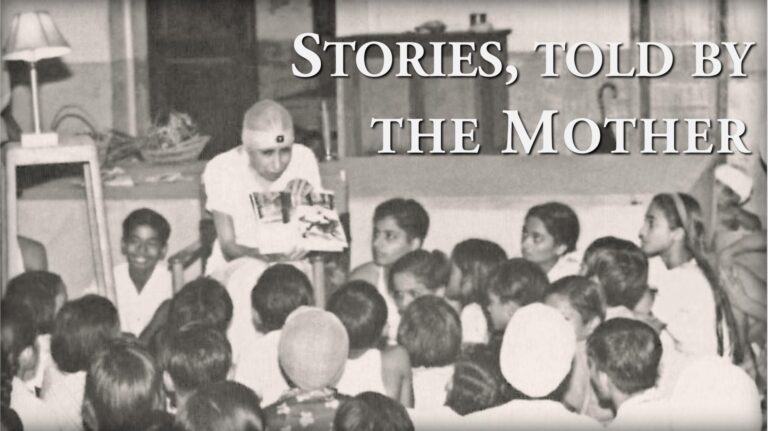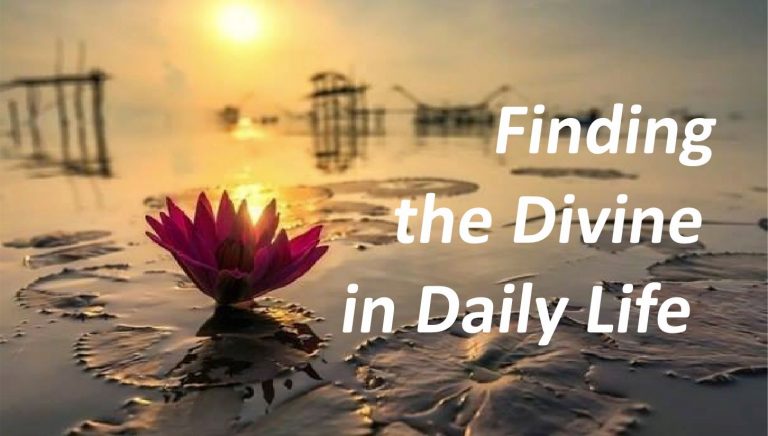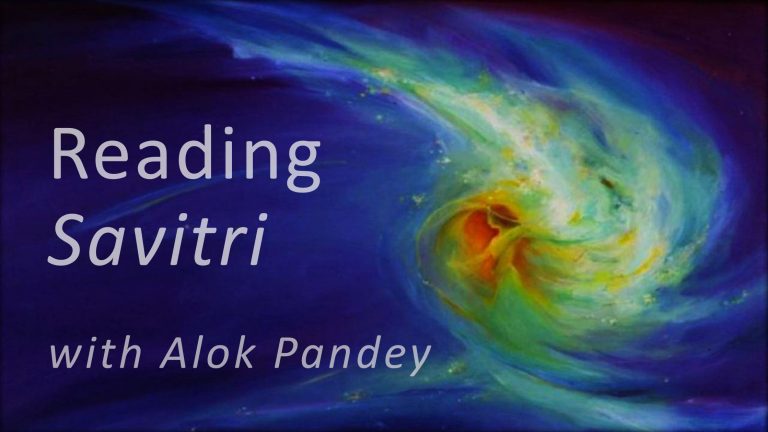The land that nourished and nurtured the Aryan way of life was known as Aryavarta. Long before humanity was perhaps even civilised, the Aryans had found not only an inner way leading to God but knew the difference between true freedom, swatantrata, and licentiousness that wrongly passed off under its name, swacchandata. In this wise and mighty civilization, women had the same place as men in every field. In fact man was incomplete without the woman as she was considered the Devi, Shakti without whom all becomes inert, Shava. It is Shakti that makes inert matter awaken to its highest possibility, Shivattva. In their union lay the secret of nature redeemed and transformed as epitomised in the cults of Shiva-Shakti, Purusha-Prakriti. Where else has the feminine not only been celebrated but worshipped as in Sanatan Dharma?
There is a tendency to believe that the nation unit is something more recent, perhaps a few hundred years. It may be so in the Western and Middle Eastern context where a perpetual restlessness prevailed to go beyond the borders in search of new lands and riches. But as far as India is concerned, it has always been referred in almost all ancient books as the land surrounded by the Himalayas on one side and by the ocean waters on three others. Words such as Jambudwipa, Dravid refer to this geographical aspect of the country. Later the nation unit evolved into a more and more distinct cultural type and came to be known as Aryavarta, the land that nurtured the Aryan way of life. Due to its spiritual and religious tendencies and the sense of the sacred, India has also been called as punyabhoomi where souls come to seek the ultimate salvation, where there is a place even for the wicked and the outcast. The two main clans of kings that nourished and guarded this sacred land were the Suryavanshis whose trunk bore the legendary Ikshvakou, Raghu, Shivi, Dilip, Bhagirath, Trishancou, Dasartah and of course Rama. Later the mantle was passed on to the Chandravanshis and Kurus with king Bharat at the apex followed by another trail of great kings such as Puurava, Shantanu, Bhisma, and of course the five Pandava brothers. Due to this association, the land was also called as Bharatvarsha. The stories of seven rivers running from north to south, the 52 parts of Sati, the mention of kings and queens with clear geographical locations mapped the boundaries of the nation. While it is true that the relics of the Aryan way of life have been found as far West in Iran, Greece and Rome and possibly in Egypt, or as far East as Cambodia, Indonesia and up north in Russia and Lithuania, yet the reason for this is not any Aryan invasion which we know now to be a myth perpetuated by the British to invade and rule over India. Despite clear evidences to the contrary it is still being held by politicians with vested interests to divide and rule. But the fact that the relics become fewer and scattered in the rest of the places and concentrated and well preserved in India is itself an evidence that the spread of Aryan thought was like the light radiating far whose epicenter was always in India where we find it in the most intense form. And this spread was largely cultural and gifts of one civilization to another rather than conquests beyond the borders except perhaps an odd dynasty. Whatever wars and conquests and empires that were formed were within the land of Bharatvarsha guarded by the Himalayas and the ocean. No wonder that long before the world could even recognize the truth of a nation unit, India had already recognized its soul and the people worshipped her as an aspect of the Divine Mother, addressed her as janani janmbhoomi that is loftier even than the heavens. It is this sacred land to which the charge of Sanatan Dharma has been given since of old. Sri Aurobindo points out to us in an earlier preliminary note on Yoga and its objects.
The Yoga we practise is not for ourselves alone, but for the Divine; its aim is to work out the will of the Divine in the world, to effect a spiritual transformation and to bring down a divine nature and a divine life into the mental, vital and physical nature and life of humanity. Its object is not personal Mukti, although Mukti is a necessary condition of the yoga, but the liberation and transformation of the human being. It is not personal Ananda, but the bringing down of the divine Ananda—Christ’s kingdom of heaven, our Satyayuga—upon the earth. Of moks.a we have no personal need; for the soul is nityamukta and bondage is an illusion. We play at being bound, we are not really bound. We can be free when God wills; for he, our supreme Self, is the master of the game, and without his grace and permission no soul can leave the game. It is often God’s will in us to take through the mind the bhoga of ignorance, of the dualities, of joy and grief, of pleasure and pain, of virtue and sin, of enjoyment and renunciation: for long ages, in many countries, he never even thinks of the yoga but plays out this play century after century without wearying of it. There is nothing evil in this, nothing which we need condemn or from which we need shrink,—it is God’s play. The wise man is he who recognises this truth and knowing his freedom, yet plays out God’s play, waiting for his command to change the methods of the game. The command is now. God always keeps for himself a chosen country in which the higher knowledge is through all chances and dangers, by the few or the many, continually preserved, and for the present, in this Chaturyuga at least, that country is India. Whenever he chooses to take the full pleasure of ignorance, of the dualities, of strife and wrath and tears and weakness and selfishness, the tamasic and rajasic pleasures, of the play of the Kali in short, he dims the knowledge in India and puts her down into weakness and degradation so that she may retire into herself and not interfere with this movement of his Lila. When he wants to rise up from the mud and Narayana in man to become once again mighty and wise and blissful, then he once more pours out the knowledge on India and raises her up so that she may give the knowledge with its necessary consequences of might, wisdom and bliss to the whole world. When there is the contracted movement of knowledge, the yogins in India withdraw from the world and practise yoga for their own liberation and delight or for the liberation of a few disciples; but when the movement of knowledge again expands and the soul of India expands with it, they come forth once more and work in the world and for the world. Yogins like Janaka, Ajatashatru and Kartavirya once more sit on the thrones of the world and govern the nations.
God’s Lila in man moves always in a circle, from Satyayuga to Kali and through Kali to the Satya, from the Age of Gold to the Age of Iron and back again through the Iron to the Gold. In modern language the Satyayuga is a period of the world in which a harmony, stable and sufficient, is created and man realises for a time, under certain conditions and limitations, the perfection of his being. The harmony exists in its nature, by the force of a settled purity; but afterwards it begins to break down and man upholds it, in the Treta, by force of will, individual and collective; it breaks down further and he attempts to uphold it in the Dwapara by intellectual regulation and common consent and rule; then in the Kali it finally collapses and is destroyed. But the Kali is not merely evil; in it the necessary conditions are progressively built up for a new Satya, another harmony, a more advanced perfection. In the period of the Kali which has passed, still endures in its effects, but is now at an end, there has been a general destruction of the ancient knowledge and culture. Only a few fragments remain to us in the Vedas, Upanishads and other sacred works and in the world’s confused traditions. But the time is at hand for a first movement upward, the first attempt to build up a new harmony and perfection. That is the reason why so many ideas are abroad for the perfection of human society, knowledge, religion and morals. But the true harmony has not yet been found.
It is only India that can discover the harmony, because it is only by a change—not a mere readjustment—of man’s present nature that it can be developed, and such a change is not possible except by yoga. The nature of man and of things is at present a discord, a harmony that has got out of tune. The whole heart and action and mind of man must be changed, but from within, not from without, not by political and social institutions, not even by creeds and philosophies, but by realisation of God in ourselves and the world and a remoulding of life by that realisation. This can only be effected by Purnayoga, a yoga not devoted to a particular purpose, even though that purpose be Mukti or Ananda, but to the fulfilment of the divine humanity in ourselves and others. [CWSA 13]
Sanatan Dharma is indeed the origin of all religions and arts and sciences and while it was eclipsed in the dark Ages for a number of reasons we need not discuss, it is once again returning to awaken the world to the true spirit of its light and truth and freedom and unity. It is to redeem the world that the Sanatan Dharma is rising and expanding again with India at the centre destined to play a key role in the resurrection of the world. But for this very reason it is necessary that the Hindu of today understand his own true roots behind the crust and layers of custom and tradition and rediscovering himself say in unison with the ancient forefathers of this most ancient nation that ‘It is Truth that wins and not falsehood’, Satyameva Jayate nanrtam.
It is this deeper and truer Hinduism that we must rediscover. It is our inheritance and our sacred charge. It is that wealth that none can steal, yet all can receive freely. For India, the ancient land of the Aryan people known by the name of Bharatvarsh awaits for her children to engage once again in the tapasya of Bhagirath, the renunciation of Dadhichi, the valour of Arjuna, the moral strength of Bhisma, the leonine force of Swami Vivekananda, the steadfastness of Rama, the Intelligence of Sri Krishna, the Sacrifice of Sri Aurobindo, the power born out of love, self-effacement and courage of the numerous women worshipped once as goddesses, as Sita, Savitri, Draupadi, Radha, Durga to awaken us to our innate strength and assume our rightful place in the comity of nations. This place is to be the Soul of the world and the Light showing humanity the way towards the future. Sri Aurobindo foresaw this more than a hundred years back.
‘A nation is building in India today before the eyes of the world so swiftly, so palpably that all can watch the process and those who have sympathy and intuition distinguish the forces at work, the materials in use, the lines of the divine architecture. This nation is not a new race raw from the workshop of Nature or created by modern circumstances. One of the oldest races and greatest civilisations on this earth, the most indomitable in vitality, the most fecund in greatness, the deepest in life, the most wonderful in potentiality, after taking into itself numerous sources of strength from foreign strains of blood and other types of human civilisation, is now seeking to lift itself for good into an organised national unity. Formerly a congeries of kindred nations with a single life and a single culture, always by the law of this essential oneness tending to unity, always by its excess of fecundity engendering fresh diversities and divisions, it has never yet been able to overcome permanently the almost insuperable obstacles to the organisation of a continent. The time has now come when those obstacles can be overcome. The attempt which our race has been making throughout its long history, it will now make under entirely new circumstances. A keen observer would predict its success because the only important obstacles have been or are in the process of being removed. But we go farther and believe that it is sure to succeed because the freedom, unity and greatness of India have now become necessary to the world. This is the faith in which the Karmayogin puts its hand to the work and will persist in it, refusing to be discouraged by difficulties however immense and apparently insuperable. We believe that God is with us and in that faith we shall conquer. We believe that humanity needs us and it is the love and service of humanity, of our country, of the race, of our religion that will purify our heart and inspire our action in the struggle.
The task we set before ourselves is not mechanical but moral and spiritual. We aim not at the alteration of a form of government but at the building up of a nation. Of that task politics is a part, but only a part. We shall devote ourselves not to politics alone, nor to social questions alone, nor to theology or philosophy or literature or science by themselves, but we include all these in one entity which we believe to be all-important, the dharma, the national religion which we also believe to be universal. There is a mighty law of life, a great principle of human evolution, a body of spiritual knowledge and experience of which India has always been destined to be guardian, exemplar and missionary. This is the sanatana dharma, the eternal religion. Under the stress of alien impacts she has largely lost hold not of the structure of that dharma, but of its living reality. For the religion of India is nothing if it is not lived. It has to be applied not only to life, but to the whole of life; its spirit has to enter into and mould our society, our politics, our literature, our science, our individual character, affections and aspirations. To understand the heart of this dharma, to experience it as a truth, to feel the high emotions to which it rises and to express and execute it in life is what we understand by Karmayoga. We believe that it is to make the yoga the ideal of human life that India rises today; by the yoga she will get the strength to realise her freedom, unity and greatness, by the yoga she will keep the strength to preserve it. It is a spiritual revolution we foresee and the material is only its shadow and reflex.’




